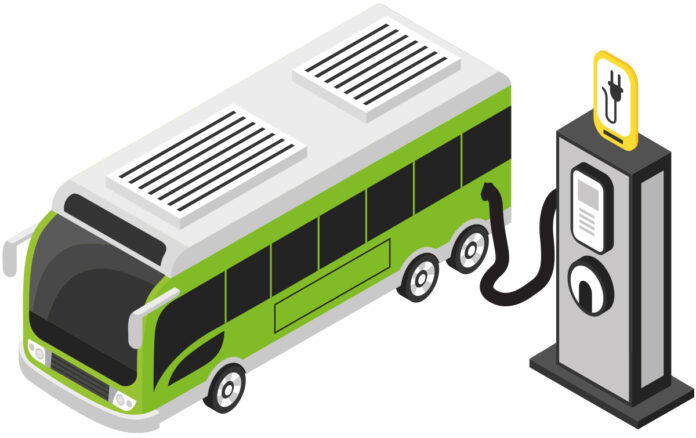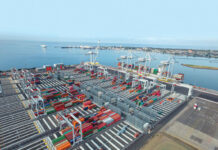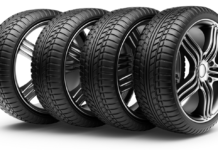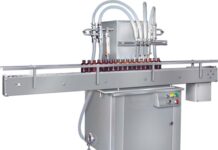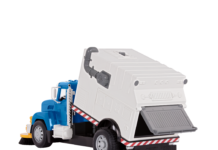A recent study conducted by the strategic consulting and market research firm, BlueWeave Consulting, revealed that the India Electric Bus Market was worth USD 127.45 million in the year 2021. The market is projected to grow at a CAGR of 52.8%, earning revenues of around USD 2,218.05 million by the end of 2028. The India Electric Bus Market is booming because of the expanding Indian automotive industry. Moreover, the market for electric buses is predicted to grow due to rising government initiatives, local manufacturing growth, accelerated urbanization, and increased environmental awareness. Also, the government’s need for more energy-efficient automobiles and the tightening of emission standards have caused original equipment manufacturers (OEMs) to turn their attention to alternative fuel vehicles. These key elements are boosting the demand for electric buses in India. Furthermore, India Electric Bus Market is one of the most emerging markets that grow continuously owing to the fast integration of new technologies such as the Internet of Things (IoT), Artificial Intelligence (AI), cloud computing, and others. However, the high cost of developing electric buses and coaches, as well as related components such as batteries and monitoring systems (battery management systems, CAN bus modules), is a significant barrier for electric bus manufacturers.
Rising Government Initiatives Support Market Growth
The second phase of the Faster Adoption and Manufacturing of (Hybrid &) Electric Vehicles (FAME) scheme was formally inaugurated by the Indian government in March 2019. In addition, the government announced intentions to buy 5,585 electric buses in August 2019 to aid in environmental cleanup. Another such program is the government’s Green Mobility Scheme, which will see the deployment of 26,000 conventional alternative-fuel buses as well as paratransit buses in 103 cities. Other than the federal government, bids for the joint deployment of 14,988 of these clean-energy cars have been submitted by 26 states and union territories. Moreover, the announcement of the total funding of USD 4.6 billion for battery producers to increase domestic production is yet another such action that benefits the Indian electric bus sector.
Ongoing Efforts of Regional State Governments to Electrify their Public Transportation Fleets
Hyderabad and Bengaluru were among the first places in the nation to deploy electric vehicles, therefore up until this point, the southern portion of the country has been the most profitable for businesses in the Indian electric bus sector. Telangana saw the deployment of the first electric bus fleet in the country, numbering 40 in all. Moreover, due to ongoing efforts by local state governments to electrify their fleets of public transportation, the northern region of India will have the fastest development in the electric bus industry. As one of the most polluted regions of the nation, the Delhi-National Capital Region has a significant demand for cleaner transportation. Furthermore, Due to their low operation noise and vibration, all-electric buses are in high demand. All these factors bolstered the growth of the India Electric Bus Market during the forecast period (2022-2028).
Request for Sample Report @ https://www.blueweaveconsulting.com/report/india-electric-bus-market/report-sample
Challenge: Limitation of Battery Capacity
The batteries used in today’s electric buses have low capacity, take a long time to charge, and have a limited range. The efficiency and lifespan of the batteries have a direct impact on the efficiency and price of the electric buses. Currently, lead-acid, nickel-cadmium, nickel-metal hydride, lithium-ion, and supercapacitors batteries are utilized to power electric buses. Lead-acid, nickel-cadmium, and nickel-metal hydride batteries are gradually being replaced with lithium-ion batteries in electric buses due to their long battery life. To power commercial vehicles, such as electric buses, lithium-ion batteries have insufficient capacity since the high loads demand more power to generate maximum torque. The charging-discharging performance of batteries greatly decreases in cold climes, making it challenging for the
Opportunities- Enhancements to Charging Infrastructure
The expansion of e-vehicles and the improvement of charging infrastructure in Mumbai should go hand in hand. The government should speed up the construction of electric vehicle charging stations in large residential and commercial complexes, all 27 BEST (Brihanmumbai Electric Supply and Transport) bus depots, private and municipal parking lots, and outside government buildings, in addition to petrol pumps. Every 100-200 meters, an e-charging station should be available. According to sources, e-charging now takes 15 to 30 minutes for a full charge that can power a vehicle for up to 300 kilometers.
Segmental Coverage
India Electric Bus Market – By length
Based on length, the India Electric Bus Market is segmented into Less Than 10 m, and More Than 10 m. Among these, the less than 10 m categories dominate the market share. The low cost of these buses is a key factor that will drive market growth in the coming years. Furthermore, the central and state governments provide subsidies based on the localization factor. Because the localization of buses under 10 meters is greater than that of electric buses over 10 meters, the former category dominates the Indian market. All these factors boost the growth of the India Electric Bus Market during the forecast period (2022-2028).
Impact of COVID-19 on India Electric Bus Market
Due to the country-wide lockdown that has been enacted in all regions due to the COVID-19 epidemic, e-bus production facilities were closed, which negatively impacted the electric bus industry. The expansion of the sector has also been slowed by a shortage of competent professionals. The COVID-19 pandemic also had a negative influence on the majority of international firms. The market for electric buses was affected in various ways. Initially, there were fewer customers at the market as individuals reduced their use of public transportation out of fear of contracting the COVID-19 virus. Supply chain disruptions in the market also hindered the construction of new buses. However, the business experienced a boom because certain nations relied on this industry to boost
Competitive Landscape
The leading market players in the India Electric Bus Market are Ashok Leyland Limited, JBM Auto Limited, Solaris Bus & Coach S.A., Deccan Auto Limited, Olectra Greentech Limited, Tata Motors Limited, Zhongtong Bus & Holding Company Limited, BYD Company Limited, Eicher Motors Limited, and other prominent players. The India Electric Bus Market is highly fragmented with the presence of several manufacturing companies in the country. The market leaders retain their supremacy by spending on research and development, incorporating cutting-edge technology into their goods, and releasing upgraded items for customers. Various tactics, including strategic alliances, agreements, mergers, and partnerships, are used.
Contact Us:
BlueWeave Research Blog
Phone No: +1 866 658 6826
Email: info@blueweaveconsulting.com


